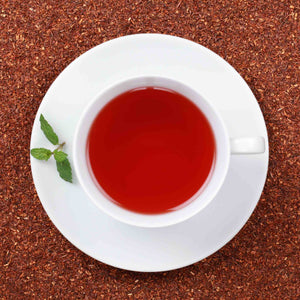Islamic Art & Teapot
Sep 17, 2020
Ritual & Secrets of Mint Tea
Royal Emirates Palace - Royal Teapots
Made for serving Mint Tea, this teapot is the faithful reproduction of a model exhibited in London, at the Victoria & Albert Museum.
She witnesses magnificent inspiration from Islamic Art. An ode to nature and the magic of the desert and evoking the bond between man and his camel, in the Arabian Peninsula.
A poetic perspective for a long journey and the pleasure of sharing a Mint Tea .
Islamic Art not only describes art created specifically in the service of the Muslim faith (e.g. a mosque and its furnishings) but also characterizes art and architecture historically produced in lands ruled by Muslims , produced for Muslim patrons, or created by Muslim artists. Islam is a religion, but also a way of life. Islam has fostered the development of a distinctive culture with its own unique artistic language which is reflected in art and architecture across the Muslim world, as well as the rest of the world…
The Umayyad Caliphate (661–750) is often regarded as the normative period of Islamic Art.
With its geographic spread and long history, Islamic Art was inevitably subject to a wide range of regional and even national styles and influences as well as changes during different periods of its development. It is all the more remarkable that, even under these circumstances, Islamic art has always retained its intrinsic quality and unique identity.
Just as Islam embodies a way of life and serves as a cohesive force among ethnically and culturally diverse peoples, Islamic Art has fundamental identifying and unifying characteristics. < / p>
Perhaps the most important of these is the predilection for decoration over the entire surface.
The four basic components of Islamic ornament are calligraphy, plant motifs, geometric patterns and figurative representation - such as this magnificent teapot for your Mint Tea .
 Come and share a Mint Tea for Peace ... or order online ...
Come and share a Mint Tea for Peace ... or order online ...
Taste the Difference & Share the Experience





